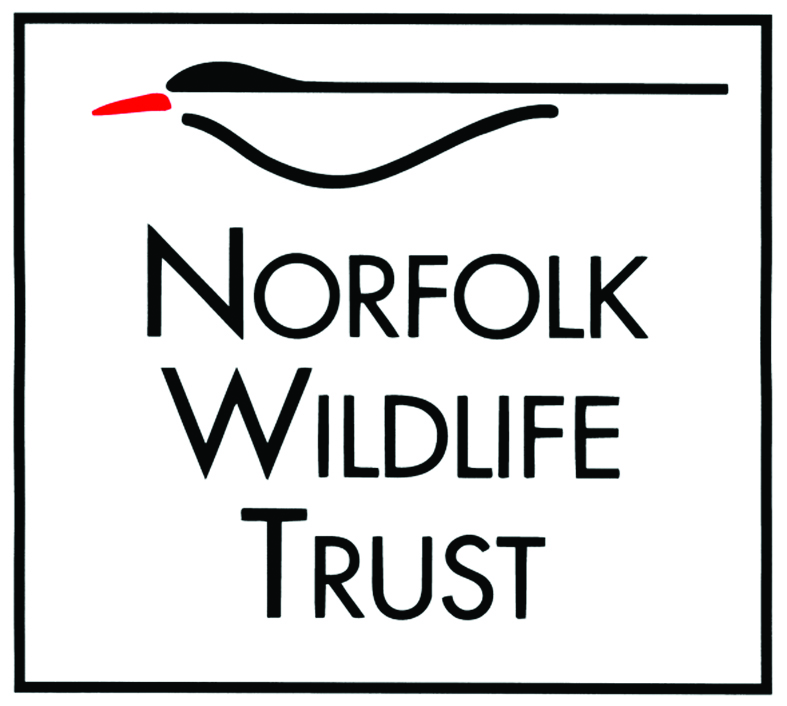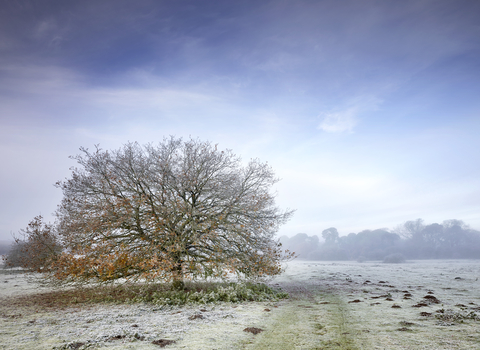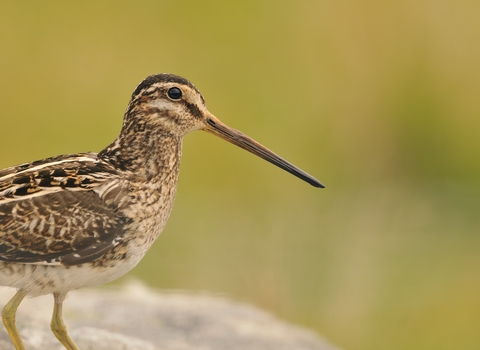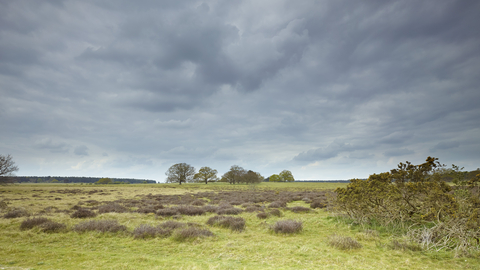
Thetford Heath (credit: Richard Osbourne)
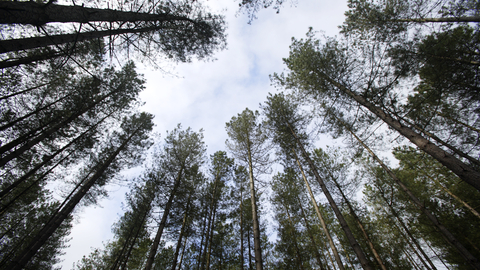
Thetford Heath (credit: Richard Osbourne)
Thetford Heath
Location
Know before you go
Dogs
When to visit
Opening times
Dawn till dusk between 31 October and 1 March.Reserve is closed from March – September due to ground nesting birds. During these times, the site can still be viewed from the public right of way outside the western boundary.
Best time to visit
Spring and summerAbout the reserve
Only small pockets of Breckland heathland remain, relics of a once astounding East Anglian landscape – and Thetford Heath is one of them. The reserve is not accessible during the summer, but it can be viewed from a public footpath.
It is a wonderful place to hear both the skylark and woodlark. Visit in the early spring on a warm clear morning and you may find the two larks combining their joyous songs. Other heathland birds find solace here too, including Eurasian curlew.
Thetford Heath is a remarkable place for invertebrates. Our recent habitat improvement work has seen the return of the dingy skipper butterfly.
The site is also notable for its rare geometric landforms – patterns produced during the last Ice Age as the soil was shifted and moved by repeated freezing and thawing.
Numerous rare plants can be found here too, including Breckland thyme and perennial knawel. Several nationally rare lichens also grow here.
